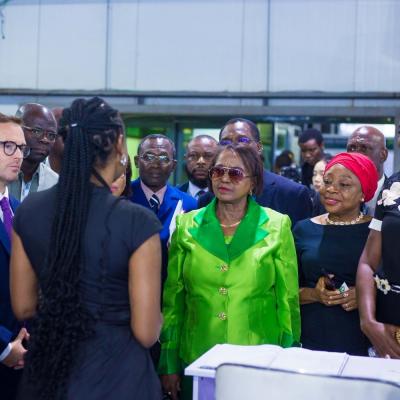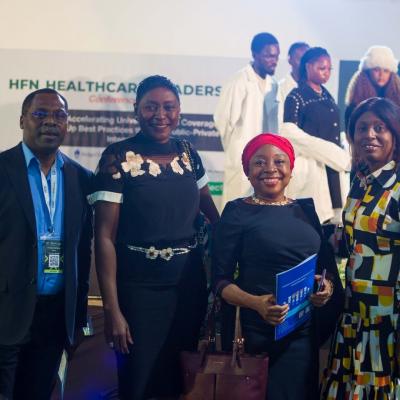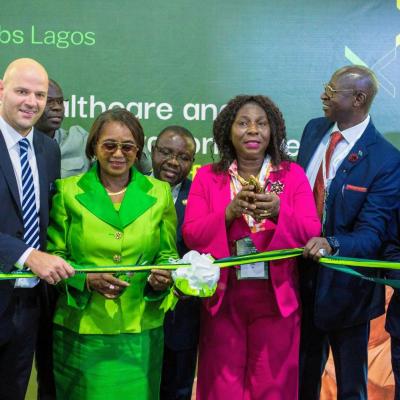Yellow fever is a potentially fatal viral hemorrhagic fever transmitted to humans through the bite of infected mosquitoes. Sporadic cases of human yellow fever occur in forested areas, but outbreaks can explode when they reach densely populated areas where the Aedes Aegypti mosquito is present. Yellow fever is, however, prevented by an effective vaccine. A single dose of yellow fever vaccine confers sustained immunity and lifelong protection against yellow fever disease, with effective immunity provided within 30 days for 99 percent of persons vaccinated.
Added to the risk of national spread is the high risk of movement of the virus into other countries and continents whose populations are also largely unvaccinated and where the mosquito vector is prevalent. As with most African cities now, Nigeria’s urban centers are well connected to major urban areas around the world, including to places in the southern hemisphere and elsewhere in the tropics, where Aedes mosquitoes are widely present, the population lacks immunity. The potential introduction of the virus in Asia especially in urban setting is a worrying scenario.
With yellow fever emerging again as an international threat, the answer lies in vaccination. It is also essential to guarantee a sustainable response, developing in-country capacity to respond to this epidemic and avoid future ones.
Preventing widespread transmission in and potentially beyond Nigeria means containing current outbreaks, rapidly increasing population immunity through strengthening routine infant immunization, and vaccinating preemptively in areas where risk is high. In highly populated areas, however, the need for such large quantities of vaccine can quickly outstrip supplies – as was the case in 2016 when Angola and neighboring DRC vaccinated more than 30 million persons in just a few months – and severely deplete the global stockpile.
The International Coordination Group (ICG) coordinates the timely and equitable provision of vaccines during outbreaks. It maintains an emergency stockpile of 6 million doses of yellow fever vaccine funded by Gavi, which is continually replenished. These vaccines can be deployed in less than a week to countries facing epidemics. As outbreaks continue to occur, however, the world is faced with a limited availability of life-saving vaccine; Nigeria has already used more than thee million doses part of the emergency stock to contain outbreaks in Kwara, Kogi and Zamfara states. In case of acute demand surge, the supplies required to vaccinate entire cites will overwhelm emergency response capacity and jeopardize global health security. The situation is dire, and action needed now.
Nigeria has developed a 10-year plan to overcome the increasing risk of yellow fever epidemics, aligned with the principles set in the global strategy to Eliminate Yellow Fever Epidemics (EYE), a joint effort of WHO, UNICEF, Gavi and 50 other partners. WHO is calling on greater international support to advance response in Nigeria and keep other areas of the world free of yellow fever epidemics.
Meanwhile, one of the toughest tasks in responding to a major public health emergency is getting accurate information about infectious disease outbreaks.Infections can spread even more quickly than rumours, particularly when there is a lack of reliable, up-to-date information to detect, track and respond to outbreaks.
Without a rapid response, infectious diseases are more likely to spread in humanitarian settings, putting people’s lives at risk and costing more money and resources in the long run.The World Health Organisation (WHO’s) answer to this problem is in a rugged-looking black suitcase, known as “EWARS in a box”. It is the product of the Early Warning, Alert and Response System project.
Flip the locks and, encased in protective grey foam, are two layers of equipment. On top is an ordinary laptop computer, a DataHub about the size of a box of chocolates, and 60 Android mobile phones, all preloaded with some simple, customized software. Underneath this equipment are all the necessary connectors and batteries.
“The equipment needs to be very simple so we can set the system up as quickly as possible after an emergency occurs,” says Dr. Chris Haskew, an epidemiologist who was part of the team that created the EWARS box.
“Each phone goes to one health clinic. We assume that each health facility has a catchment of 10 000 people, so one EWARS kit can cover half a million people, which is a significant emergency affected area or displacement camp.”
Once an EWARS box is on-site, the first job is to create an account and customize it for the specific emergency – language, locations, users, diseases to be monitored, data required, reporting frequency, among others.
The customized form is then automatically loaded onto the mobile phones that are given to local health workers, who can immediately begin collecting information. Data gatherers can also use their own Android phones by downloading the app from the Google Play Store. Completed forms are automatically sent back via mobile signal to the DataHub, which is kept at the nearest emergency operations centre.
This box allows the system to run entirely offline, so WHO and Ministry of Health staff are rapidly alerted to potential outbreaks. The system crunches the numbers into automated reports that can be shared almost in real time with partners in the field, and sent to WHO offices anywhere in the world.
The system does more than just collect data, Haskew explains. “There are three parts to EWARS. For the early warning, it collects weekly data and publishes it as a bulletin. Another function is to generate and manage alerts, which are then verified and, where necessary, escalated to rapid response teams who assess the level of risk. The third element is outbreak response. If an alert is confirmed as a real outbreak, then we need to collect more detailed data on individual cases. This can be done through the same app by configuring and issuing another form directly to the phones of our frontline users.”
For example, with highly-infectious diseases like measles, one case triggers an alert. Other diseases like malaria have a moving average. Once an alert is triggered, phone notifications are sent, and verification and risk assessment procedures are set in motion.
The app enables health responders to access and operationalize WHO guidance in the field, such as assigning a level of risk to an alert based on a recommended risk matrix. The system also works in remote locations, where there is no mobile coverage.
“There are places, such as in South Sudan, where you walk for a day to get the information. There, you may not be on a mobile network. But the phone stores the data and, as soon as it finds a connection, perhaps from the top of a hill, then it automatically syncs.”
The EWARS kit was first deployed in South Sudan in 2015, and it is “still running well”, despite the tough conditions, according to Haskew. “We used to see completeness rates of 20-30 per cent in the previous system, which also faced lengthy delays in receiving and analysing reports at the central level. So far in 2017, overall completeness of reporting is over 70 per cent and we are able to publish bulletins automatically each week.”
Since then it has been used in Chad, Ethiopia, Fiji, Nigeria and Yemen, with more deployments planned in Iraq, northern Syria, the Solomon Islands and Vanuatu. Each kit costs around US$15 000.
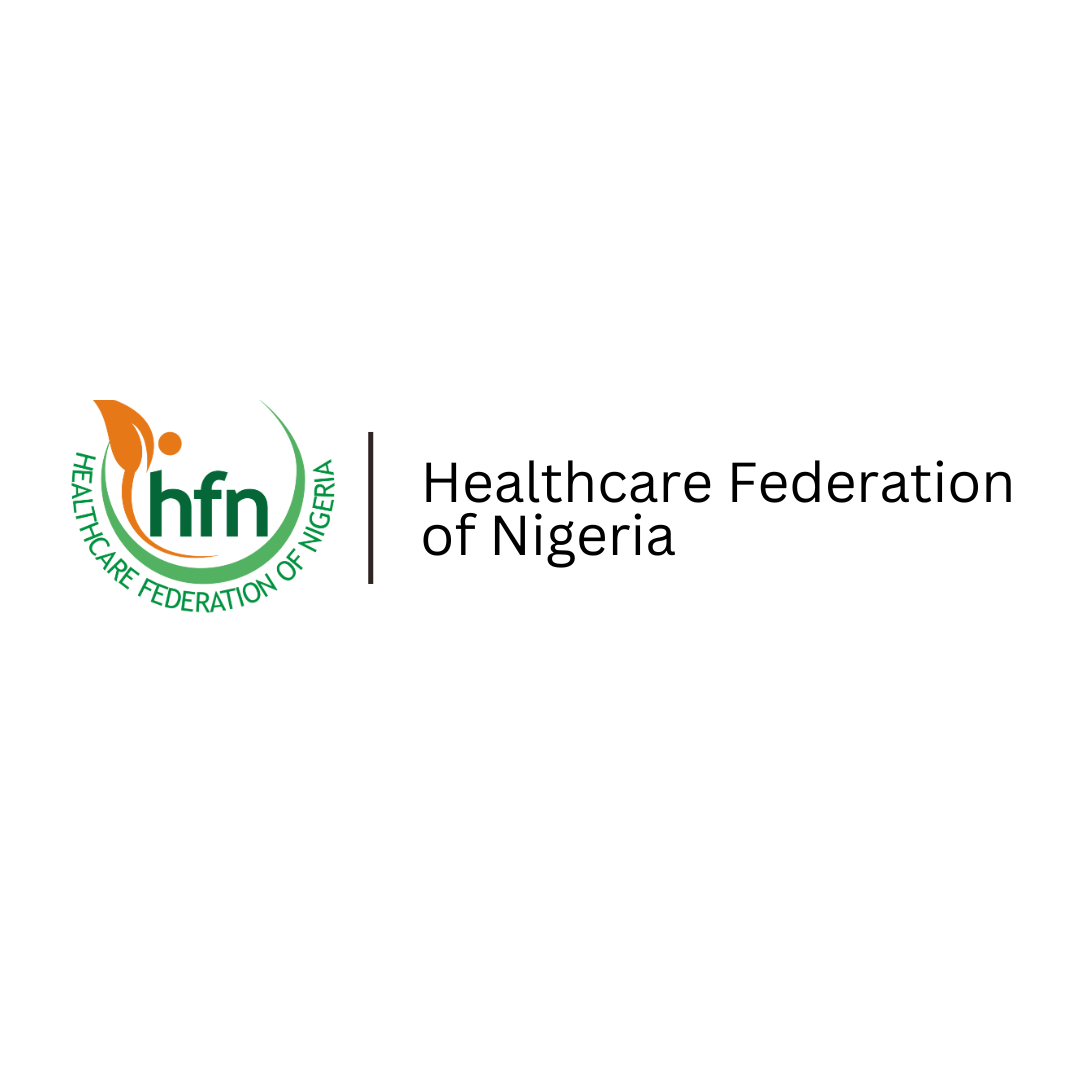
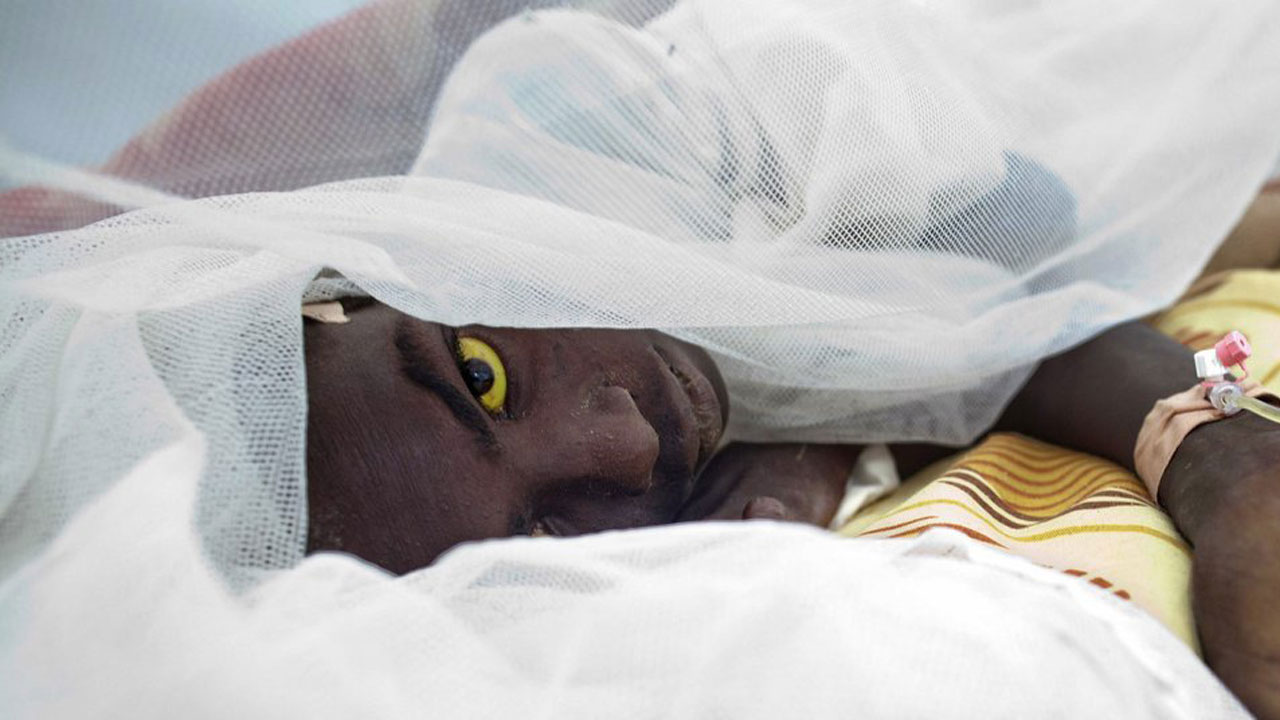 The World Health Organisation (WHO) has raised alarm over imminent ‘deadly’ epidemic of Yellow fever in Nigeria. The WHO, last month, warned that yellow fever cases throughout Nigeria are escalating concerns about the risk of large, costly, and difficult-to-control outbreaks in urban areas requiring huge supplies of life-saving vaccines and increasing the potential for large-scale national and even worldwide spread.
The World Health Organisation (WHO) has raised alarm over imminent ‘deadly’ epidemic of Yellow fever in Nigeria. The WHO, last month, warned that yellow fever cases throughout Nigeria are escalating concerns about the risk of large, costly, and difficult-to-control outbreaks in urban areas requiring huge supplies of life-saving vaccines and increasing the potential for large-scale national and even worldwide spread.

